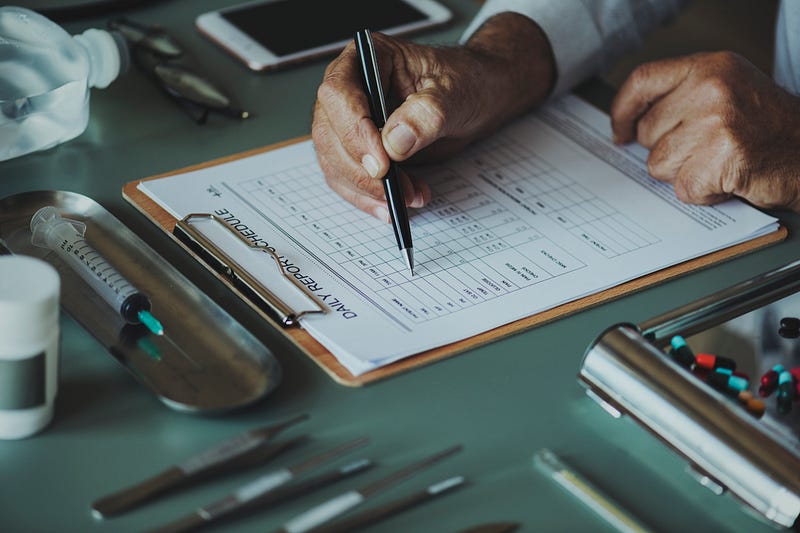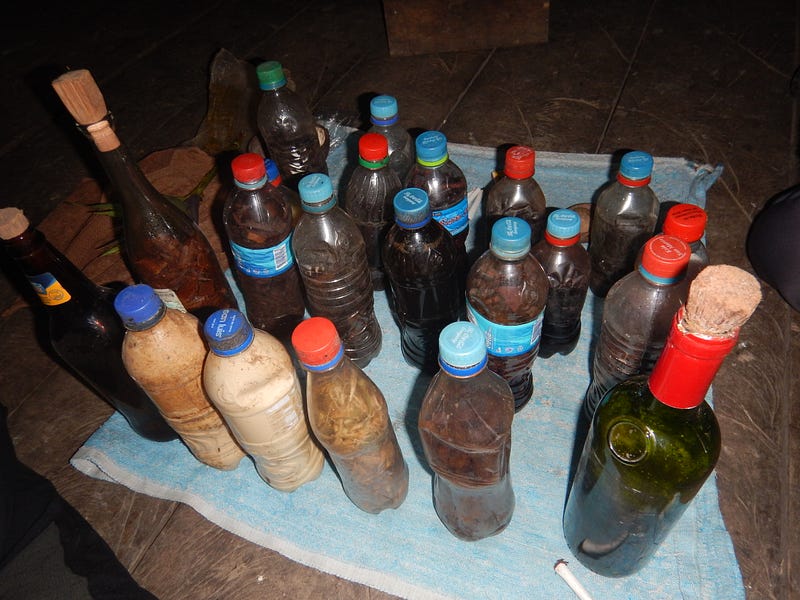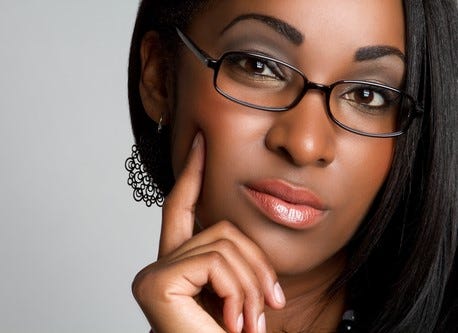
As sometimes happens, my longtime sports chiropractor and I parted ways recently. I set out to find a new practitioner.
This can be expensive. As the new patient consultation in some offices can cost you well over $100, shopping around gets pricey. I narrowed my choice down to two docs.
Since I’m a veteran, my care comes from the VA. What I do to support and maintain my wellness happens on my dime. The VA system isn’t set up for prevention. It’s constructed to deal with acute and chronic illnesses, many of which are brought on by PTSD, drug and alcohol abuse, poor eating habits and serious mental illness. I have PTSD myself, but the way I deal with it is exercise, good food, and challenging adventure travel. And that at times leaves me with some pretty interesting needs for rehab.
By the same token, I live on a VA disability income, and am in the process of rebooting my business after taking seven years off to explore the world. While I had a thriving and successful business before, it’s going to take a while to get it back on its feet. It was well worth it. Still, what this means is that I don’t have oodles of funds. Nor do I have medical insurance. Right now my budget is very, very tight. Like a lot of people I have to make value judgments between a purchase and having good food on the table. That’s wicked hard. That will change but that’s my world at the moment.

Let’s Be Clear
When I walked into the first office and met with the potential provider, I made my financial situation very clear. He offered a reduced price for patients over sixty, from $68 to $50. That helps a bit. The problem is that even with that discount, treatments add up fast. And here’s where Dr. A, my first visit, led to a challenge.
Dr. A claims to be a holistic healer. He has a lot of credentials, and is an athlete himself. He went to great lengths to explain his process (several times over) and what was wrong with my body and how I held a lot of stress inside (people who have been raped will do that). He repeatedly told me that he recommended that I have three treatments a week until some future date that it was clear that I was feeling better. He gave me one treatment — an odd movement of energy after which I couldn’t feel a thing — and I was to report back on Monday.
Over the course of the two initial visits, he must have said that I had to have three treatments a week at least five times. This despite the fact that I repeatedly told him that $600 a month was not only out of the question, that was my entire food and gas budget. It didn’t matter how I explained my financial situation. He kept telling me I had to have three treatments a week.
Are You Listening to Me or Waiting for My Credit Card?
When a provider shifts from honoring your situation to pushing his agenda, he’s not a healer. By definition, a healer listens. Even if I had felt something shift from the first treatment I still couldn’t pay $600 a month. It makes no difference what Dr. A thinks or recommends. If it’s out of my budget, no argument is going to change the simple fact that I have to eat and drive for work. What this tells me is that Dr. A is more interested in pushing his agenda than he is in listening to what I can or can’t afford.
The other provider, to whom I paid the new patient fee, was quite happy to work with my situation. She gave me the same financial break, but understood that I would visit her office as needed. She didn’t need to sell me on her services. She popped my bones back into place and I felt oodles better. Clearly, I’m sticking with her. She earned my trust.

Working with Real Healers
Right now I’m in Albuquerque, working with a holistic healing operation that specializes in chronic pain. I’ve been here for three days. Last night Dr. Heart, one of the two practitioners (the other’s name is Dr. Hart, go figure) initiated a conversation that lasted until an hour after the clinic’s closing. Both doctors (the clinic is called Holistic Medical Clinic) sat with me and asked me questions about my history. My deep history, just like yours, has a great deal to do with whatever pain patterns we carry, how we injure, and what kind of trauma we carry in our bodies. These two doctors were determined to get to the heart (pun intended) of the matter. So we talked until the evening traffic had subsided and they had a much better understanding of how to help me heal the emotional and psychic wounds I carry. To say the least, I have no other medical provider who would be willing to spend two hours with me to understand the conditions of my life. However, without this information, a healer can’t help us heal. Healing comes from within, where we change our intentionality, and the trajectory of our lives.
This is what I mean. For example, for those of us who have been raped, we often blame ourselves. In my case the guilt morphed into four decades of eating disorders. I have spent my entire adult life attracting abusive, unavailable men. Life events can cause us to launch into dysfunctional trajectories, and getting off them takes vastly more than pills. If anything, pills exacerbate our condition. What we need is a fundamental reset, and to relearn our intrinsic value. That means reconnecting to our inner “shaman,” our body’s own intuitive knowledge of how to be well.
Conventional medicine increasingly forces doctors and caregivers to spend about as much time with you as a car on a GM assembly line. You’re lucky if someone looks up from your chart and eyeballs you directly. There is no incentive to invest the time that it takes to understand the dynamics of your entire life experience. Therefore modern medicine ignores the fundamental essentials of healing: what are your stressors? What anguish do you carry? What hurts still reside in your body and soul? Why do we get ill when our bodies naturally relish wellness? Our emotional state has everything to do with our health.

The Role of the Shaman
In April of 2016 I traveled to the Tahuayo River region of the Peruvian Amazon. While I was there, I visited the local shaman, who is my age (65). He is the last of his kind; his children and the village children of this part of the world have no interest in doing the extraordinary lifetime of work to learn the intimate secrets of the forest and how its medicine heals.
As we sat together, he put all his potions in front of me: bottle after bottle of tonics and lotions he had taken out of the forest. As I inhaled the scent of each one my nostrils were assailed with the familiar smells from my own medicine cabinet. We spoke at length about how he chose and applied each tonic, and the importance of understanding the lives, loves and less savory experiences of all the villagers. That intimate knowledge of their lives, combined with the medicinal knowledge of generations of shamans in his family line, make him highly effective as a healer. He knew what to say as well as what to apply to a wound or an angry heart. His villagers trusted him and gave him permission to help them heal. However this shaman knew that his role was to invite the patient to heal himself. His words, combined with his extensive knowledge of each villager’s life and loves and idiosyncrasies, combined with the villager’s complete belief that the shaman cared about their welfare, worked to do the healing. This shaman, who had lost and found his way, spent time as an alcoholic, lost his soul during his time in the Peruvian Army fighting Shining Path guerillas, understood loss, pain, shame, and rising from despair. This made him useful, powerful, and influential. He understands.

This good man taught me a great deal about how healing worked long before bark became Bayer aspirin. His methods still work today- among those who operate on what might be called the fringe of modern medicine. Some of these people, like Dr. Hart, are classically-trained medical doctors who eschew the mainstream and turn to real healing. Their methods are not covered by insurance because insurance doesn’t pay for an emotional solution. It only pays for what conventional medicine dictates. And much of conventional medicine, with an emphasis on quality vs. quantity, often doesn’t heal us.

When Talking Doesn’t Work
Psychiatry was born of the notion that thoughtful counseling, not unlike our shaman, would also heal. However all too often the docs themselves haven’t done the hard personal work that might make them wise enough to grow with us. And their profit motive serves to motivate them to get us onto the umbilical cord of years of therapy which inches along but doesn’t heal us. The point is wellness. If I enter therapy and ten years later I’m still in therapy, I’m not working with a healer. I’m working with someone who really likes their $200 an hour and has no incentive to make me independent.
Drs. Hart and Heart have a commitment to heal. While the business model is considerably tougher to maintain, the idea is that word of mouth from people whose lives have been transformed will make the practice healthy. I believe that too. It takes longer but, I’d rather run a practice that thrives because people have been made well and happy rather than they are stuck with me because my insurance program forced them to work with a particular practice.
A local shaman can’t be respected if he or she doesn’t produce results. If villagers don’t get well, nobody comes to see him. Simple as that. Now that’s a potent business model. In our modern health care system, too many doctors are wedged into the hell of having to shove patients through the system with minimal attention and maximum medication, often making us far sicker than before.

Doctors Die, Too.
Our doctors are getting sicker, too. One average, one doctor a day commits suicide in America and the tally is rising. While its easy to blame the doctors, the conditions in which they are forced to ply corporate-sponsored, assembly line, pharma-controlled so-called medicine is costing them their sanity .(https://www.washingtonpost.com/national/health-science/what-ive-learned-from-my-tally-of-757-doctor-suicides/2018/01/12/b0ea9126-eb50-11e7-9f92-10a2203f6c8d_story.html?utm_term=.5e0178ebe419) Nobody starts medical school planning to jump out a fourth floor window after losing a patient. Nobody chooses to be a medical practitioner dealing with unending depression and heartache because the system sets them up to fail more often than not. They end up knowing the failings of the very system they serve and when it’s their turn, they know better than to avail themselves of many of those same services. To wit:
Most physicians choose to die at home or on their own terms, when they age. (https://www.npr.org/sections/health-shots/2015/07/06/413691959/knowing-how-doctors-die-can-change-end-of-life-discussions)Knowing full well the agony and pain caused to patients when they are in extremis (breaking the ribs of an ancient patient while administering CPR is not uncommon, for example) they opt out of hospitalization. That alone should be highly instructive. Our medical system isn’t just killing us, it’s killing our caregivers at a horrendous rate. They themselves are not well.
The word physician has a fascinating origin: Middle English: from Old French fisicien, based on Latin physica ‘things relating to nature’ (see physic). This alone should create a recalibration of what medicine might truly look like if our intention is to heal rather than to sell drugs, sell services and procedures that may or may not work or fill hospital beds for the sake of profitability rather than returning vibrantly healthy people back to their families. Healing is bringing us back to our natural state of full health. Our natural state of mental and emotional wellness. They way the body converses with us about our emotional states is to get ill- have accidents-be a magnet for infections. Also, when we infect our natural, vibrant, living world with pollutants (RoundUP, anyone), bad air, bad food, bad water, we get increasingly ill. The natural state of the world is wellness. Hawaiian sea turtles don’t naturally get tumors. They do now because of what we’ve put in their seawater. As we kill the natural world, we kill ourselves in the process. No pill can fix that. We are all inextricably entwined. For every albatross killed by choking on a discarded toothbrush, there are children born with birth defects from the chemicals we dump into our waters.
Wellness is wholeness. When we are well, we don’t pollute, abuse our resources, dump toxic chemicals into rivers, people’s backyards, the ocean, the air. We are not well as a species. In the largest possible sense, we are our own physicians. We are our own shamans, but we have lost that knowledge. Our relative state of wellness reflects the respect we have for ourselves, each other, our world and everything in it.

As challenging as it may seem, the real answer to wellness- at all levels- lies within. The genuine desire to regain connection to what is sacred within each of us. That’s the role of a healer, a shaman. That pure connection, and the knowledge that we are indeed, each and everyone of us sacred, as is every living thing, makes us well again. If there is a magical umbilical cord, that’s it. We begin with that connection, lose it as we grow up, and spend the rest of our lives trying to find it again. Yet it never went anywhere. The true healers of this world put us back in direct contact with that inner shaman. Whether that’s a medical doctor, holistic healer, an Amazonian shaman, makes no difference. Once reconnected, we want to stay well.
Another definition of well is a cause for thankfulness. When we are well, we don’t hurt ourselves, others, or the precious world we inhabit. We are grateful — for the right to be alive. to enjoy this remarkable world, and each other.
A worthy goal on any life journey. Always within reach. It may be temporarily out of touch, but never out of reach.
I’m on that wellness journey. It’s not easy. But then, anything truly worth having is worth striving for, and in this case, I can’t imagine anything more worthwhile.
Here’s to your wellness.

Comments powered by Talkyard.